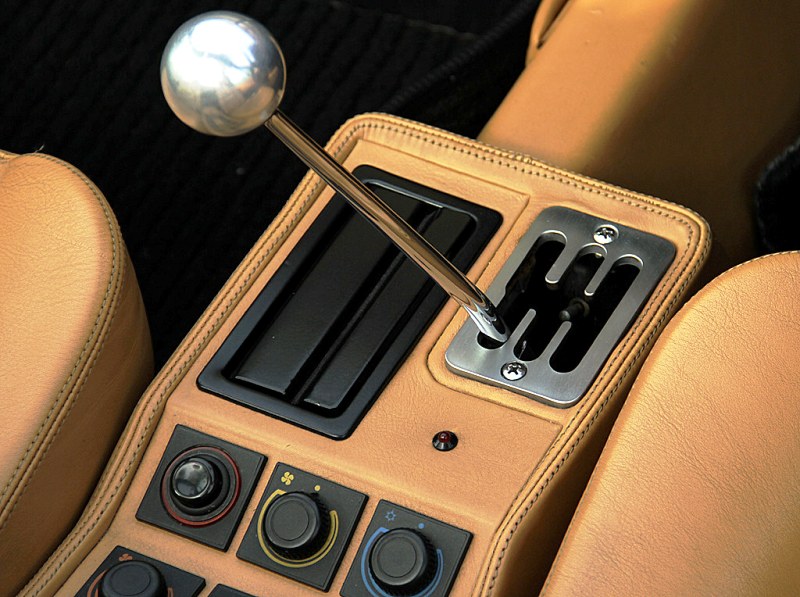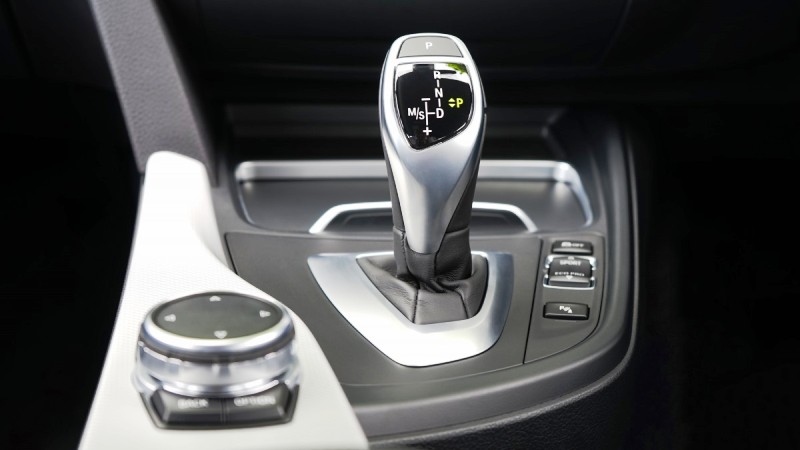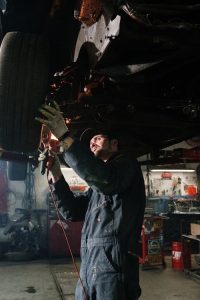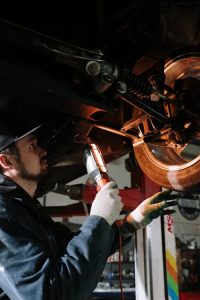Have you ever wondered what happens when you shift gears in your car? It’s not just about moving from “P” to “D” or “1st” to “2nd.” There’s a complex and crucial system at work beneath the surface—the gearbox linkage system. In this guide, we’ll delve into the world of gearbox linkages, explaining how they work and why they matter for all you cars and vehicles enthusiasts.
The Basics: What Is a Gearbox Linkage System?
The gearbox linkage system is the network of components and mechanisms that connect your gear shifter to the transmission. It’s the vital intermediary that allows you to select the desired gear, whether it’s for acceleration, cruising, or reversing.
How It Works
- Shifter Movement: When you move the gear shifter in your car, it’s not directly engaging the transmission. Instead, your actions are transmitted through the linkage system.
- Shift Cables: In modern vehicles, shift cables are a common component of the linkage system. These cables transfer the movement of the gear shifter to a lever on the transmission.
- Transmission Lever: The lever on the transmission is responsible for moving the internal components to select the appropriate gear. It’s this lever that actually engages the gears in the transmission.
- Gearing Arrangement: The transmission houses various gears, each with a specific purpose. For example, in an automatic transmission, you’ll find planetary gear sets, while a manual transmission has a mesh of gears.
- Clutch Action: In manual transmissions, the clutch plays a critical role. When you depress the clutch pedal, it disengages the transmission from the engine, allowing for smoother gear changes.
- Synchronization: Modern transmissions are designed with synchronization mechanisms to make gear changes smoother and prevent grinding. These synchros match the speed of the selected gear with the current engine speed.
Why the Gearbox Linkage System Matters
Understanding the gearbox linkage system is essential for several reasons:
1. Smooth Shifting
A well-maintained and precisely calibrated linkage system ensures smooth gear changes. Whether you’re accelerating on the highway or parking in a tight spot, smooth shifting is crucial for a comfortable driving experience.
2. Gear Selection
The gearbox linkage system is what allows you to select the appropriate gear for your driving needs. Whether it’s “Drive,” “Reverse,” or a specific gear for towing, the linkage system facilitates your choices.
3. Transmission Longevity
Proper maintenance of the linkage system can extend the life of your transmission. Abrupt or hard gear shifts can place unnecessary stress on the transmission components. A well-functioning linkage system helps prevent premature wear and tear.
4. Safety
The gearbox linkage system also plays a role in safety. For instance, the system is designed to prevent shifting into reverse while driving forward, reducing the risk of accidents.
5. Troubleshooting
Understanding the linkage system can help you diagnose transmission problems. If you’re experiencing gear-shifting issues, having a grasp of how the system works can aid in pinpointing the cause of the problem.
Common Issues and Maintenance

Like all automotive systems, the gearbox linkage system may encounter issues over time. Common problems include:
- Stiff or Loose Shifter: If your gear shifter feels stiff or loose, it may indicate issues with the linkage system. This could be due to worn-out bushings, cables, or other components.
- Difficulty Shifting Gears: Trouble shifting gears, especially in manual transmissions, can point to linkage problems. Misadjustment or wear and tear can lead to gear engagement issues.
- Strange Noises: Unusual noises, such as grinding when shifting gears, can indicate a problem with the synchronization components in the transmission, which are closely related to the linkage system.
Maintenance of the gearbox linkage system typically involves inspecting and lubricating components, adjusting cables, and replacing worn parts as needed. Regular servicing can help ensure the smooth operation of the system.
Conclusion
The gearbox linkage system may work silently behind the scenes, but it’s a crucial component of your vehicle’s transmission. Understanding how it operates and why it matters can enhance your appreciation for the engineering marvel that is your car. From smooth gear changes to safe driving, the linkage system plays a pivotal role in your automotive experience. So, next time you shift gears, you’ll know that there’s more to it than meets the eye—there’s a well-designed system working to make it happen.




